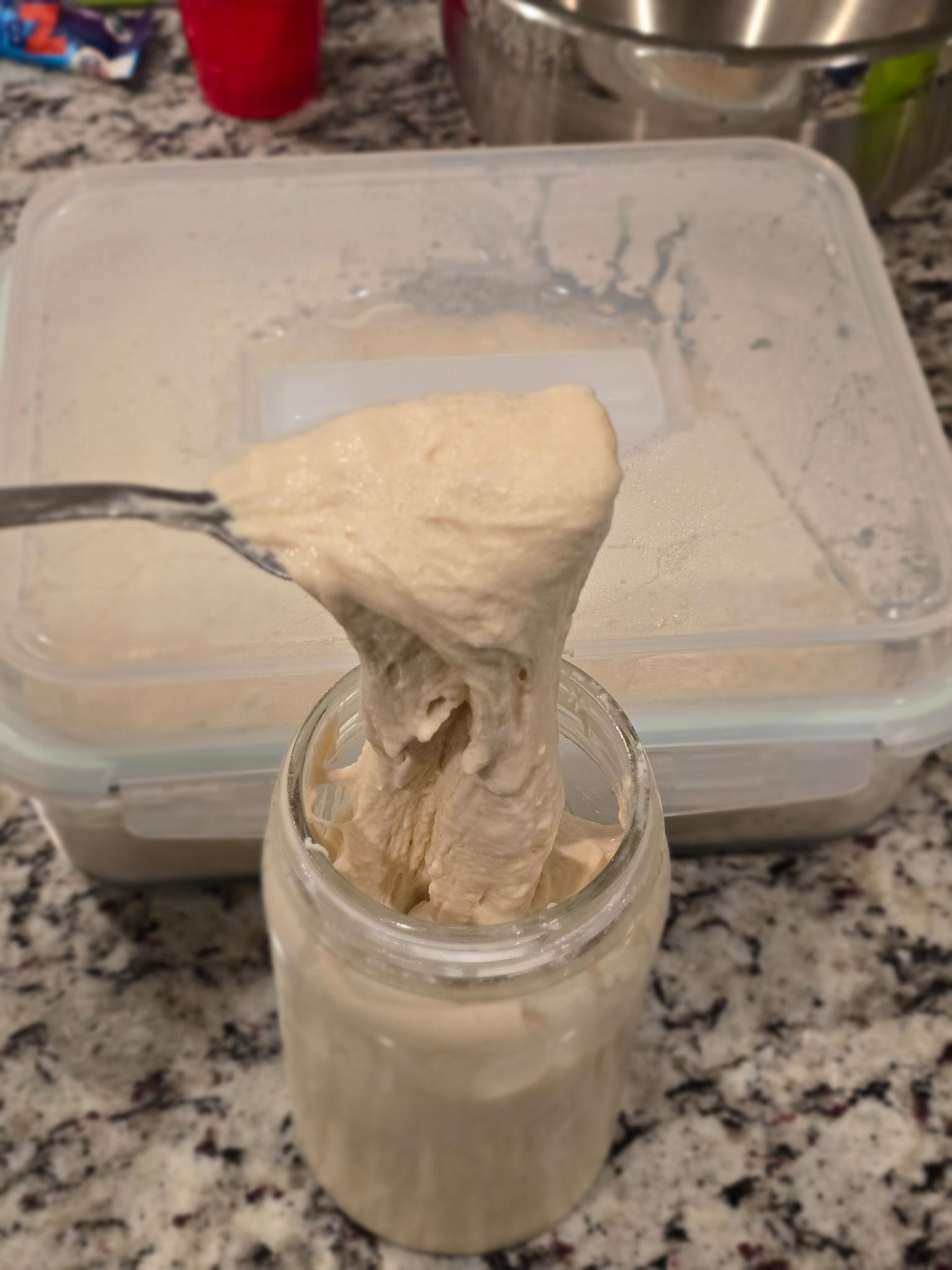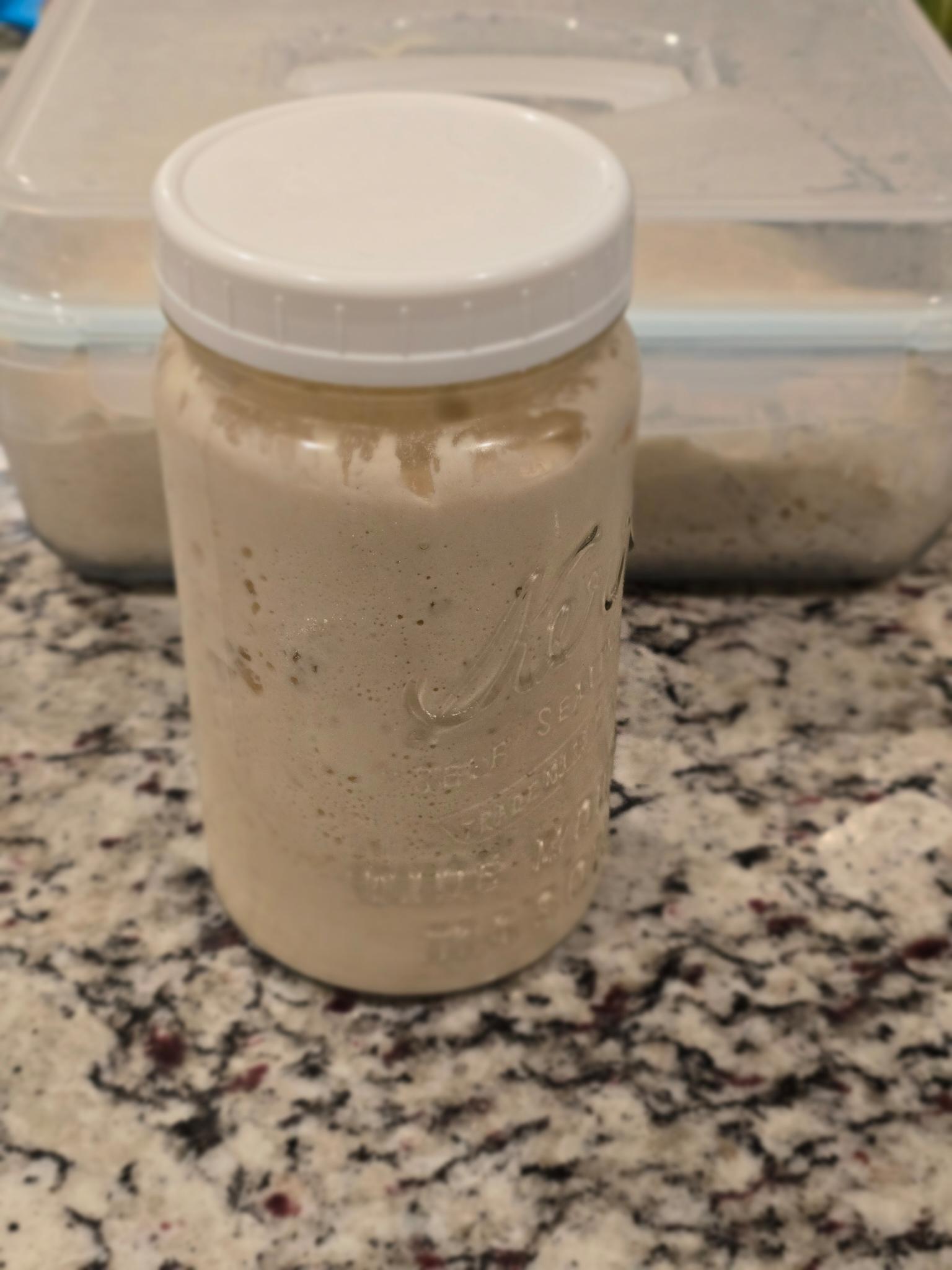Easy as 1, 2, 3
So you forgot to take home some sourdough starter from your friend's house - the one who's a sourdough savant? Don't worry - creating your own starter from scratch is easier than you think, and honestly, there's something pretty satisfying about nurturing your own little colony of wild yeast and bacteria.
What You Need
The beauty of sourdough starter is its simplicity. Here's everything you need:
Ingredients:
- Flour - All-purpose flour works perfectly (about 1-2 cups total over the week)
- Water - Room temperature, non-chlorinated if possible (let tap water sit out overnight if needed)
Equipment:
- Clean jar or container - Mason jar works great
- Mixing spoon - Any spoon will do
- Kitchen scale (optional but helpful for consistency)
The Method
Day 1: Mix 50g flour with 50g water (or 1/2 cup flour with 1/4 cup water if you don't have a scale). Stir it up in your jar until there are no dry flour bits. Cover loosely - you want air to get in but keep dust out. Leave it on your counter at room temperature.
Days 2-7: Each day, discard about half of your starter and add the same amounts of fresh flour and water. Mix well, cover loosely, and back to the counter it goes.
Don't panic if it looks weird, smells funky, or seems dead for the first few days. This is totally normal. You're building a ecosystem here, and it takes time for the good bacteria and wild yeast to establish dominance.
How You'll Know It's Ready
Your starter is ready to bake with when it consistently doubles in size within 4-8 hours after feeding and smells pleasantly tangy - like yogurt or vinegar, not like gym socks or nail polish remover.
This usually takes 5-7 days, but can take up to two weeks depending on your kitchen temperature and local wild yeast population.
Now What?
Once your starter is active and bubbly, you can keep it on the counter and feed it daily if you're baking regularly, or stick it in the fridge and feed it weekly for lower maintenance.
The best part? Your homemade starter will be uniquely yours, capturing the wild yeast and bacteria from your specific environment. No two starters are exactly alike, which means your bread will have its own distinct flavor profile.
Time to show that sourdough savant friend of yours what you can do!

